COVID closed Charlotte’s arts museums for awhile, but employees found ways to adapt
From closing their doors, canceling longstanding programs and adding virtual events, the COVID-19 pandemic significantly impacted Charlotte museums and arts organizations.
It also affected their employees, forcing them to learn and grow.
From producing digital programs to defining personal artistic styles and learning new skills, here’s how four Charlotte arts museum employees got creative during the coronavirus pandemic — and what they’re looking forward to this fall.
Carla Jarrett, the Gantt
On a Friday morning in mid-August, Carla Jarrett is preparing for a tech run-through for a new virtual program at the Harvey B. Gannt Center for African-American Arts + Culture.
Before the pandemic, the visitor experience and museum store manager made sure the Gantt’s technology was functioning — exhibition video monitors, for example. But mostly, she enjoyed interacting with guests, hearing their impressions of exhibits, organizing volunteers and answering questions in the museum store.
But when the pandemic closed the Gantt’s doors in March 2020, that all changed. What began as a couple of weeks turned into months, and the museum didn’t reopen until October 2020.
“That was definitely a period of uncertainty,” Jarrett said. “Everyone had to pivot in their roles to be more malleable to encompass this new digital age.”
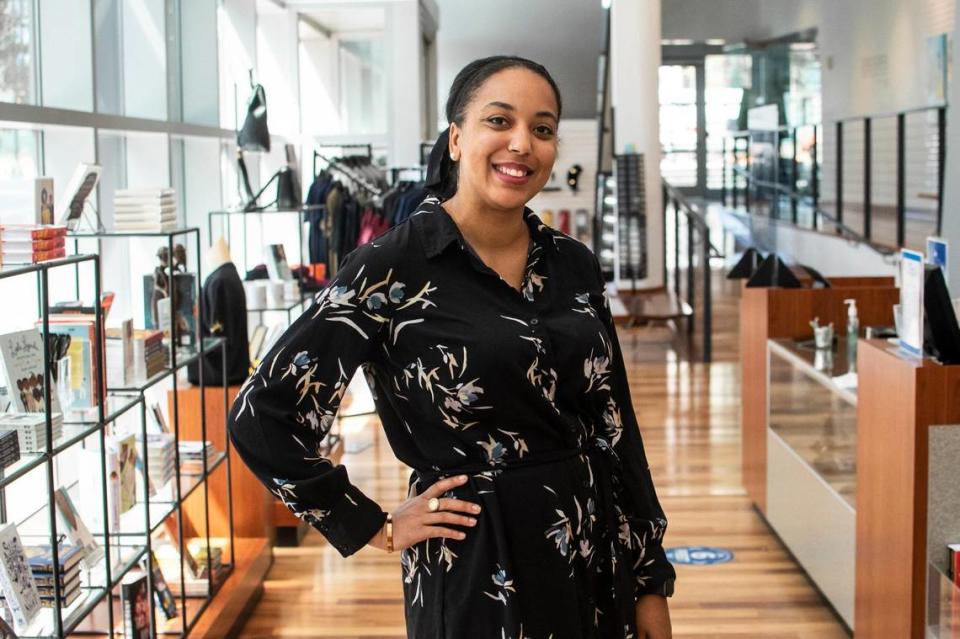
Although the Gantt offered a few pre-pandemic digital exhibitions — selections from the John and Vivian Hewitt collection and “Welcome to Brookhill” — the visitor experience became fully virtual.
Jarrett had to learn some new skills.
She had to learn the ins and outs of live streaming and hosting Zoom meetings, along with Photoshop and video editing, which she taught herself.
New virtual programming began with “Unmasked,” a more frequent version of the Gantt monthly “Talk About It Tuesday” program. The weekly community conversations stream live on YouTube and address topics from healthcare in the Black community to Charlotte’s Black Lives Matter street mural.
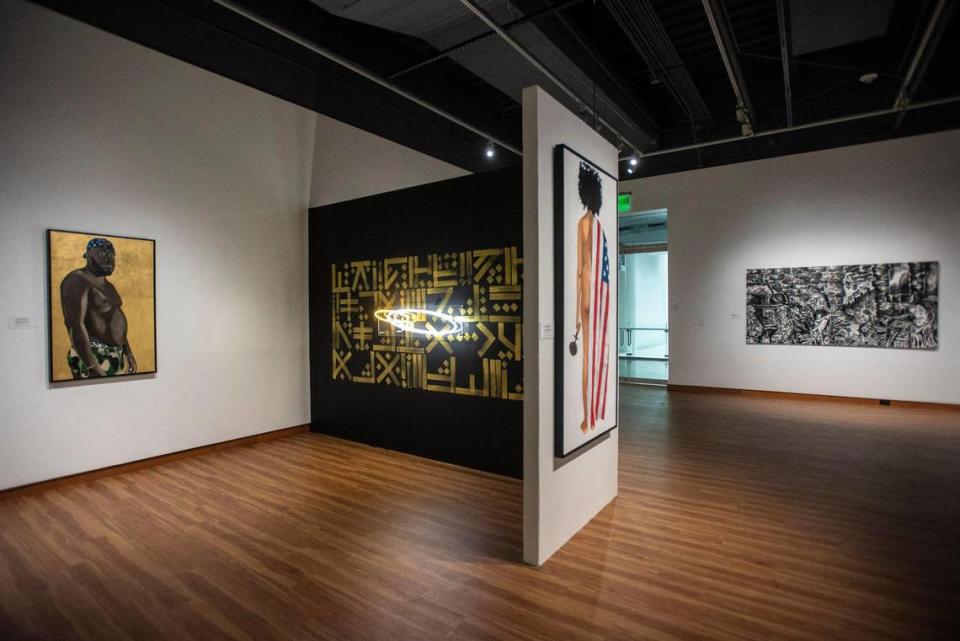
From “Inter | Sectionality: Diaspora Art from the Creole City,” an exhibition that opened just before the museum closed, came “Open Air,” a virtual program featuring studio visits and conversations with contemporary Black artists.
While the virtual experiences challenged Jarrett to learn more, she felt they lacked what the in-person engagement offered. “The digital component wasn’t the same as (guests) coming in to check out the museum and talking with them in the store, hearing what they love about the museum,” she said.
In mid-January 2021, the Gantt Center closed again, then reopened in February for Black History Month. After opening with limited hours, the museum finally resumed its pre-pandemic hours in June.
“The pandemic has taught us that things will never be the same,” Jarrett said. “And to stay ready, so you never have to get ready.”

Now, the Gantt Center is joining its partners at Levine Center for the Arts to offer after-hours extended admission.
“This gives people the opportunity to bring their families after work and school,” Jarrett said. “I’m really excited for that.”
Jaianna McCants, the McColl
If you see someone carrying a handbag made out of old Prince vinyl records, it’s probably the work of Charlotte artist Jaianna McCants.
Inspired by the free time during the pandemic, McCants left her part-time job in guest services at the McColl Center for Art + Innovation to pursue her art.
In the past, the UNC Greensboro and Savannah College of Art and Design graduate has also worked at the Gantt Center and the Levine Museum of the New South. “I’ve always been a museum buff,” she said. “I’ve just always loved museums, and if I wasn’t making art, I was at least talking about art.”
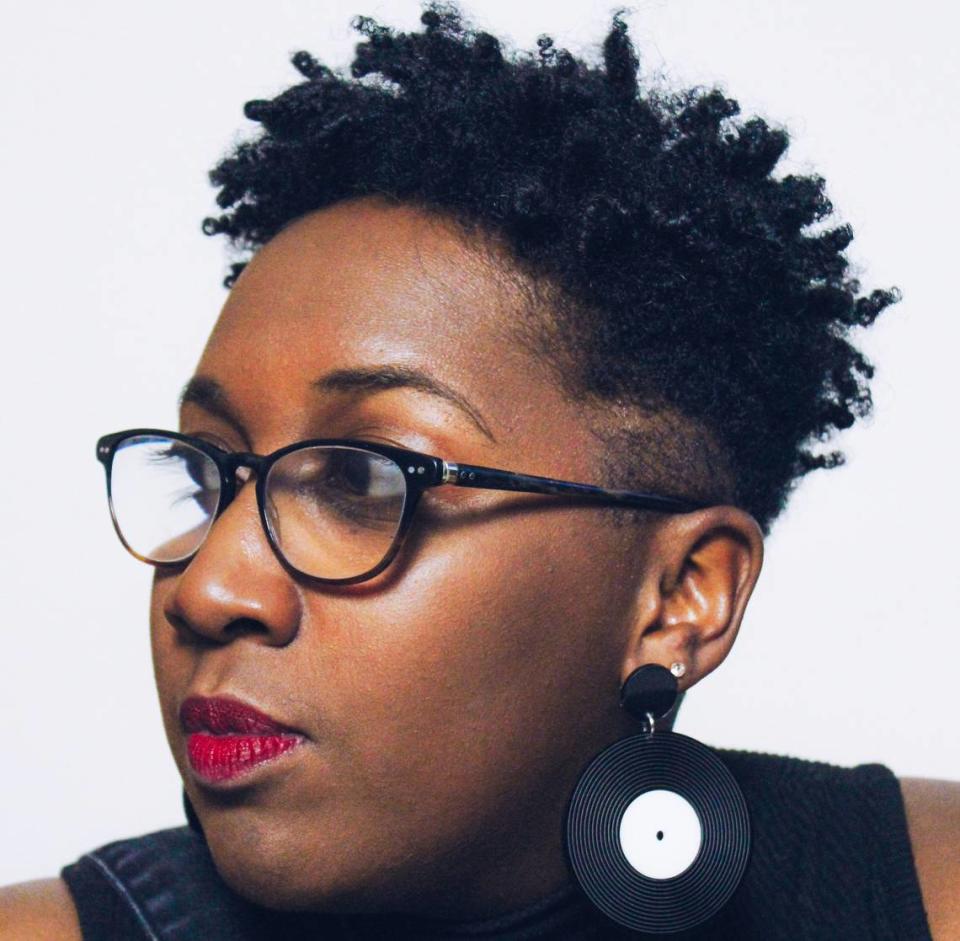
While teaching art full time at Mallard Creek High, McCants also worked at the McColl Center, answering guests’ questions about the exhibitions and displays.
“I always found myself, especially with all the free time, making my art,” she said. “And I started wondering, Can art be my part-time job?”
The COVID-19 lockdown provided what she had been missing. She had a lot more time to herself, and that forced her to focus on her art.
Before the pandemic, she said, “I was all over the place. I didn’t have a style until last year.” That style came to her while searching for inspiration for home decor on Pinterest.
“I saw these black vinyl records hanging on a wall, and I thought, What if I use the vinyl records as my canvas, and I paint on them and collage on top of them?”
Last year, she taught from home, which created more flexibility. She was painting between classes and right after class. But eventually full-time teaching, part-time work and working in her studio became too much to manage.
“(The McColl Center) was super supportive of my art and what I do,” McCants said. “And I told everyone that I had been doing well and that people had been buying my art.”
The Prince bag already sold. Her new works pay homage to hip-hop greats Lauryn Hill and the Notorious B.I.G., among others. Another piece features rocker Jimi Hendrix constructed out of pieces of cut-up records. “I celebrate music and craft with my art,” she said.
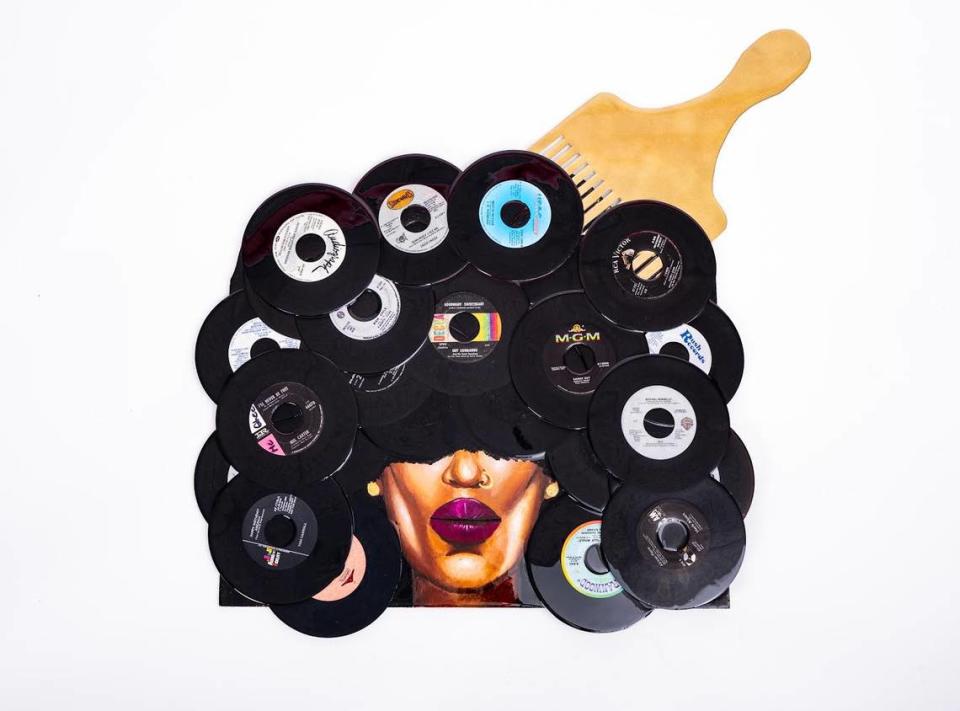
She estimates that she’s sold about 150 in all.
“Music touches everybody, so it was motivating from my peers and my audience,” McCants said. “People were really encouraging me to do this.”
Before COVID-19, she displayed her work at small outdoor arts events. “That was one of the main things I missed,” she said. In late July, she traveled to Atlanta for the Pancakes & Booze Art Show, and she recently wrapped up a workshop with the Gantt.
In September, her work will be on display at the Forsyth County Central Library in Winston-Salem.
“I found my style during COVID,” McCants said. “I found my medium, and I ran with it. I love music and I love art, and it makes sense.”
Ebony House-Bradshaw, Mint Museum
Ebony House-Bradshaw, the Mint’s senior director of human resources, called the beginning of the coronavirus pandemic “chaos.”
“It was learning everything about COVID,” she said. “There was no playbook, no handbook. I couldn’t go back to something that had happened in the past. It was time to figure it out as the world was figuring it out.”
She watched the news around the clock. And House-Bradshaw tried to stay up-to-date on what officials were reporting about the pandemic, working with the rest of the Mint’s leadership to manage closures and reopening regulations, socially distanced work spaces and mask policies. In March 2020, the Mint closed its doors, and all staff went home.
“It was about trying to manage people’s fear, anxiety and stress,” House-Bradshaw said. Despite the chaos and uncertainty, the Mint maintained its payroll and moved its programming online.
“My job is not public facing. It’s internal facing, and by me being home, I didn’t have that staff engagement, so I missed that,” she said. “There were no external programs to go to, and I missed seeing the staff every day and hearing the conversations.”
For House-Bradshaw, the timing provided another opportunity: to dig into the organization’s work on diversity, equity, inclusion and accessibility.
“COVID happened, and then came the summer of social justice reckoning, after the death of George Floyd,” House-Bradshaw said. It was a good time to give staff an outlet and increase those efforts.
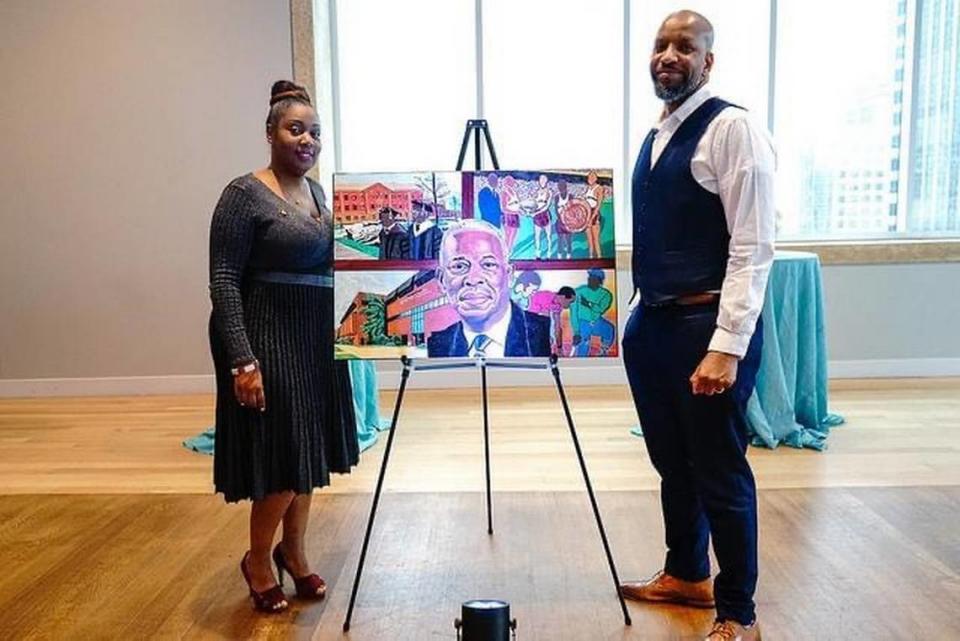
“As a Black woman, it is not uncommon, unfortunately, to see police killing. But what changed about George Floyd was, because we were all home, and COVID was happening, and we were allowed to see it on TV on repeat,” she said. “We couldn’t go anywhere, and I think that just heightened what was happening.”
Months before the pandemic, House-Bradshaw had launched a committee on diversity, equity, inclusion and accessibility, and had already held a couple of staff training sessions.
She created a special group on Microsoft Teams so that staff could list out books, articles, podcasts, movies and documentaries, among other anti-racism resources. The Mint made the list public.
House-Bradshaw also created a COVID-19 handbook, which touches on the air filtration system, temperature checking, signage, travel restrictions and quarantining. “We’re keeping an eye on delta variant, and we’re constantly reevaluating and adjusting it to make sure our staff are protected.”
During the pandemic, she moved from HR manager to director of HR, adding her voice to the senior leadership team.
“My job is the people, to make sure they are protected and their voices are heard,” House-Bradshaw said. “And to speak up for people when sometimes they don’t feel like they have a voice, so it’s helpful to be at the table.
Mykell Gates Jamil, the Bechtler
Mykell Gates Jamil heads up the outreach and access programs at the Bechtler Museum of Modern Art, including the longstanding Justice Arts Initiative at two Charlotte-area detention centers.
Since 2011, the Bechtler has partnered with the Mecklenburg County Sheriff’s Office to work with adults and youths on art-making courses that explore the museum’s collection but also draw from social and personal themes.
“We teach about contemporary art, but also about developing skills for social and emotional learning, and positive interactions to reduce stress and improve self-esteem and to express emotion,” Jamil said.
When the pandemic struck, Jamil got worried. “I just knew that the group programs would be canceled,” she said. The Bechtler also works with adults with low to no vision, those with developmental challenges, seniors and other high-risk populations.
In-person programs were canceled, so Jamil did what any artist would do: She got creative.
“The first thing that we did was create art kits, and we delivered those to the detention center,” Jamil said. The kits included supplies and artist prompts that went along with Bechtler selections and artwork.
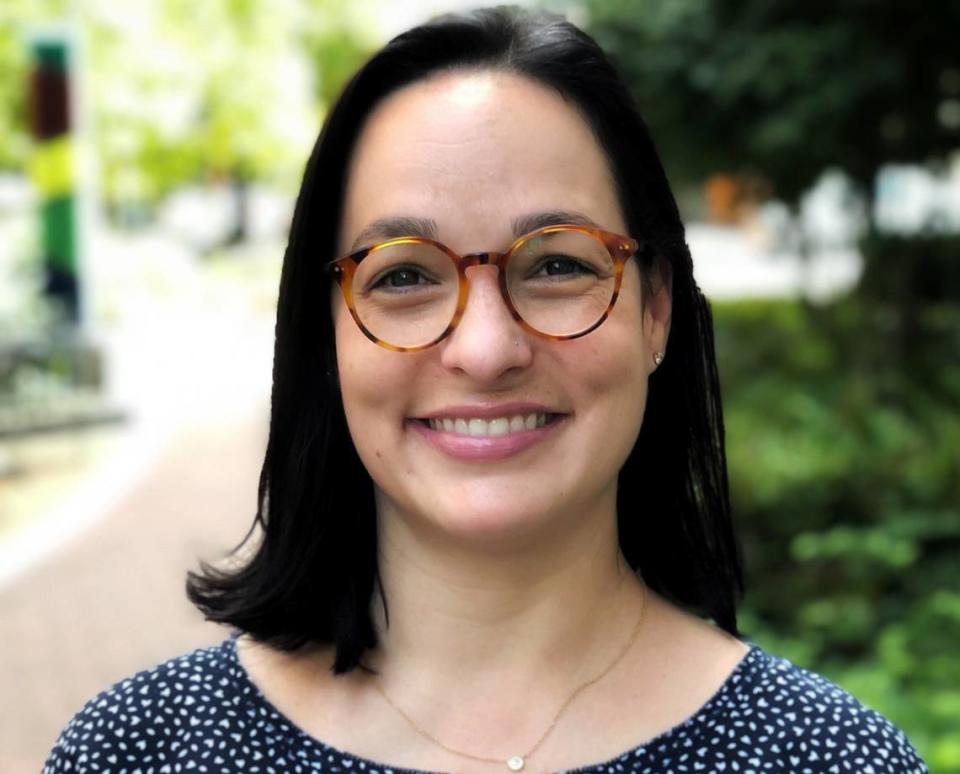
Then they started offering pre-recorded and live art classes. “People were happy to have that opportunity,” she said. “They were thankful and seemed to enjoy it.”
Still it wasn’t quite the same for Jamil. In an average year, the Bechtler reaches roughly 2,500 people with its outreach programs.
“I missed being able to work one-on-one and have those interactions,” she said. “I like walking around class and being able to watch them create and give feedback. You don’t have that access virtually.”
As of late August, the youth detention center program was being conducted in person with masks, following Charlotte-Mecklenburg Schools protocol, and the adult detention center was fully remote.
This fall, Jamil is looking forward to the Bechtler’s upcoming exhibition “Isaac Julien: Lina Bo Bardi — A Marvellous Entanglement.” It’s the U.S. premiere of a nine-screen film installation tribute to Italian-Brazilian architect Lina Bo Bardi by the British artist and filmmaker Isaac Julien.
“The film includes elements of African-Brazilian dance and percussion, which we will explore with our students, along with spoken word and themes surrounding justice and equity,” Jamil said.
“Students really miss having class when we’re unable to host. That makes their time go by faster and takes them to a different place,” she said. “They need that escape and distraction, especially at this time.”
About the museums
Bechtler Museum of Modern Art: 420 S. Tryon St., open Wednesdays through Mondays. Bechtler.org, 704-353-9200.
Harvey B. Gantt Center for African-American Arts + Culture: 551 S. Tryon St., open Tuesdays through Sundays. GanttCenter.org, 704-547-3700
McColl Center for Art + Innovation: 721 N. Tryon St., open Fridays through Sundays. McCollCenter.org, 704-332-5535.
Mint Museum Randolph: 2730 Randolph Road,open Tuesdays through Sundays. MintMuseum.org, 704-337-2000.
Mint Museum Uptown: 500 S. Tryon St.; open Tuesdays through Sundays. MintMuseum.org, 704-337-2000.
This story is part of an Observer underwriting project with the Thrive Campaign for the Arts, supporting arts journalism in Charlotte.
More arts coverage
Want to see more stories like this? Sign up for the free “Inside Charlotte Arts” newsletter at charlotteobserver.com/newsletters
You can also join our Facebook group, “Inside Charlotte Arts,” at https://www.facebook.com/groups/insidecharlottearts/

